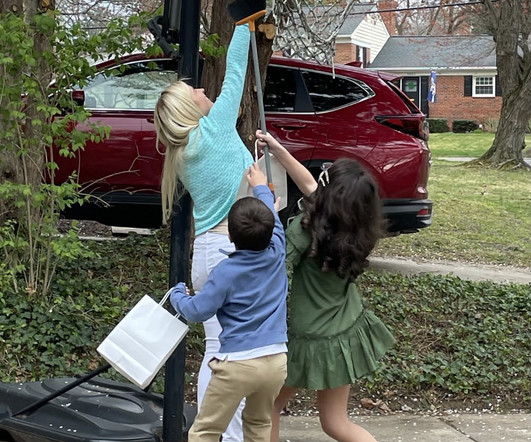College Financing: Meeting Family Needs While Meeting Your Enrollment Goals
Ruffaloni
MARCH 15, 2023
Bureau of Labor Statistics, the median wage growth for 16-24 year-olds hovered around 13 percent for most of 2022, much higher than the 4 percent growth seen between 2010-14. Even terms as simple as “grants” or “loans” are often misunderstood by families. According to the U.S. The historically low jobless rate in the U.S.,
















Let's personalize your content